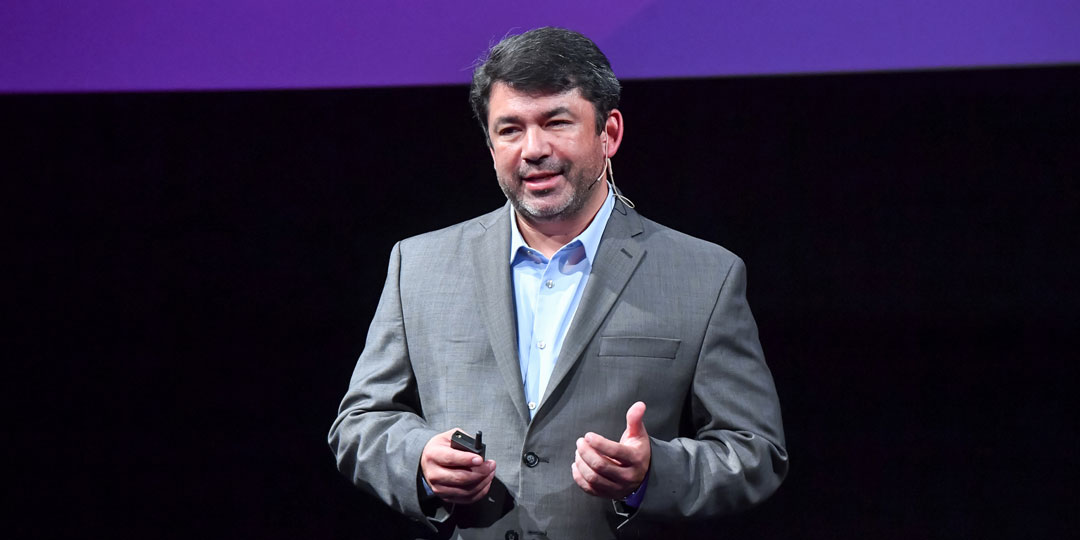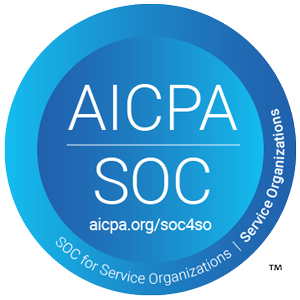Ed Danis, Corporate Innovation Manager at Lockheed Martin, recently shared his insights at Synthesize 2017. A summary of his talk follows.
Lockheed Martin is almost synonymous with innovation, so it may come as a surprise to learn that innovation is not always easy for them. They still have many hurdles to overcome with aspects of the innovation process. We recently had their corporate innovation manager, Ed Danis, speak at Synthesize. He shared with us the challenges and lessons his team learned that are key to innovation success at any company.
Driving Success By Embracing Risk
Lockheed competes in many markets, from aeronautics, defense, and space to a host of other emerging technologies. They’re in the business of venturing into frontiers where few humans have gone. From our perspective it’s nothing short of incredible, but the effort it takes to get there is not as clear to us. As Danis explained, “innovating beyond the horizon” demands a bold approach. They need to find rich ideas from risk takers who are not easy to find, particularly in a silo-ed business. Furthermore, they need to make the whole company aware of their efforts to increase participation.
But Danis, who leads a small team among the vast company, rises to the challenge. “I’ve always been an innovator at heart, I’ve just been waiting for the right opportunity,” he shared. And one way he succeeds is by seeking out other innovators at heart. It’s a smart path to follow, and one that other innovation management leaders should emulate.

Ed Danis, Corporate Innovation Manager at Lockheed Martin, shared his insights on innovation management success at Synthesize 2017.
Finding Innovators Within the Company
Engaging Innovators Within the Company
- Incentivize managers to boost employee participation across business units. Lockheed encourages an innovation mindset that gives recognition for participation in the process.
- Extend virtual hackathons to keep ideation top-of-mind in business units. The challenges that Lockheed puts out to employees get 20 to 40 ideas. They find five or ten that are truly transformational, disruptive, or too dangerous for a business unit to take on by itself. The company funds those daring ideas with seedling money. They give ideators a month or two to move the idea forward; then they select the top ideas from there.
- Put in protocols to determine if a project is workable. For example, after projects pass the seedling stage, they need an executive champion and a consumer demo to gauge interest.
Taking Ideas from Start to Finish
The innovators at Lockheed are constantly generating ideas. They also understand that ideation alone won’t propel the business without execution. Transitioning novel ideas into marketable innovations demands funding; but equally important is vetting those ideas with implementation protocols to determine feasibility. Lockheed constantly asks the question: “Can we improve the technology and does anyone care?”


